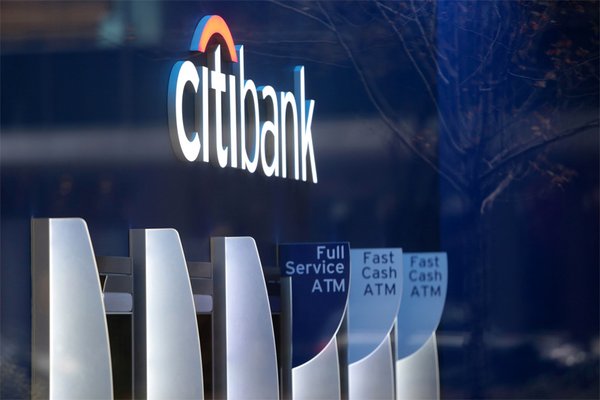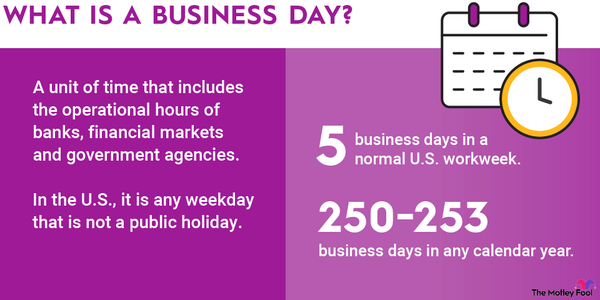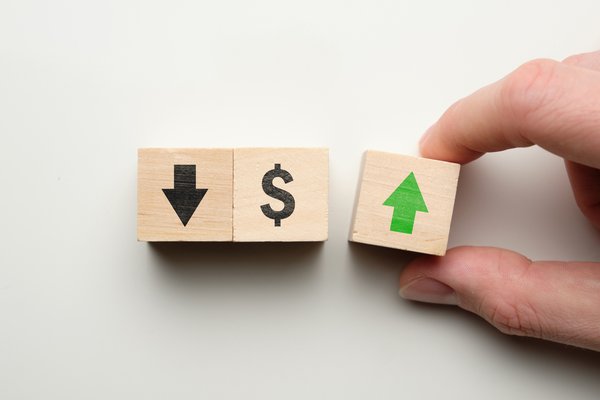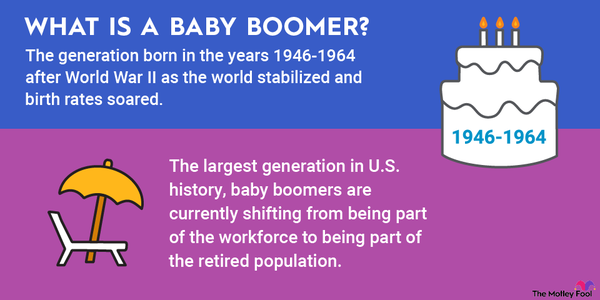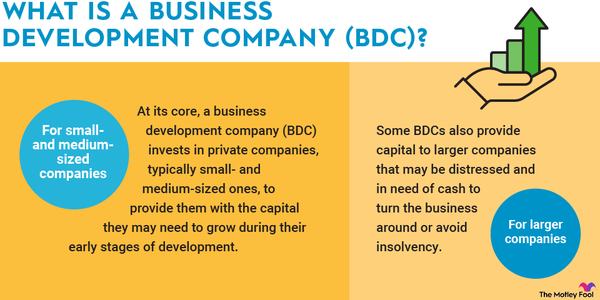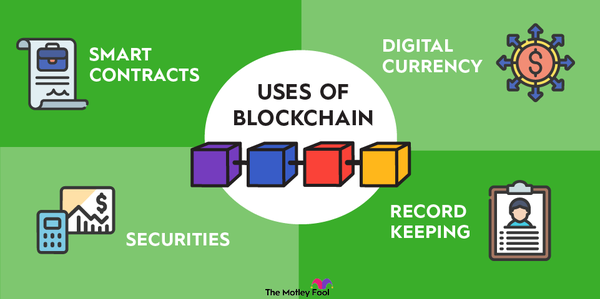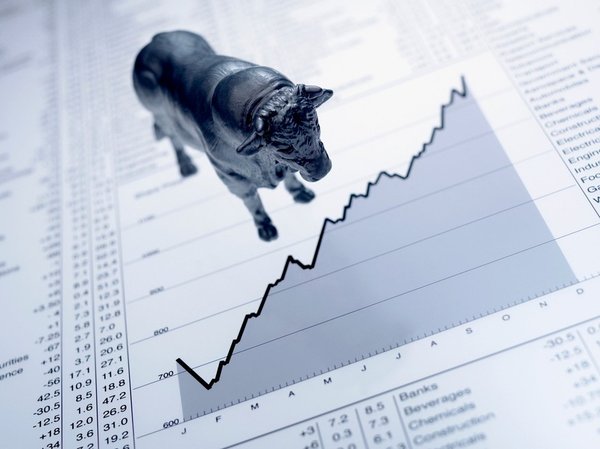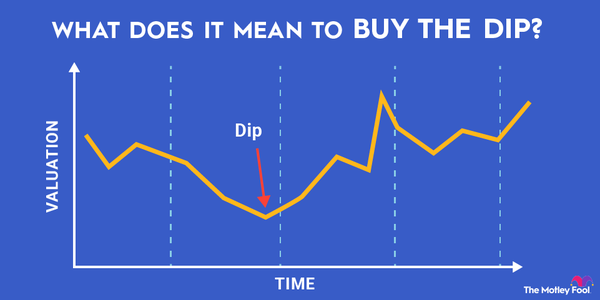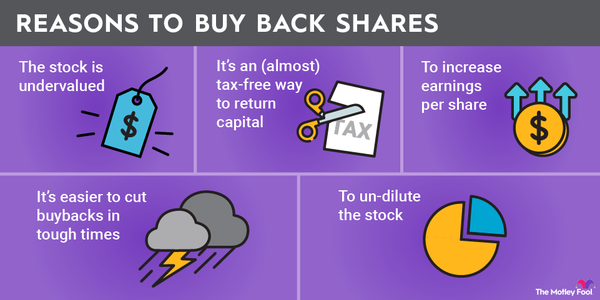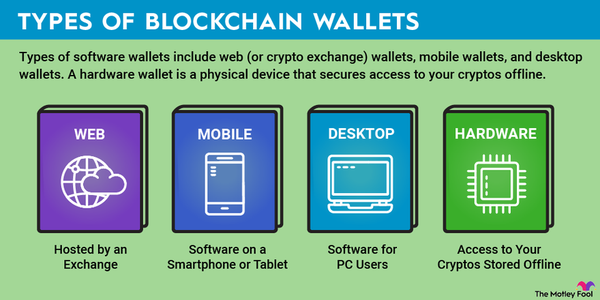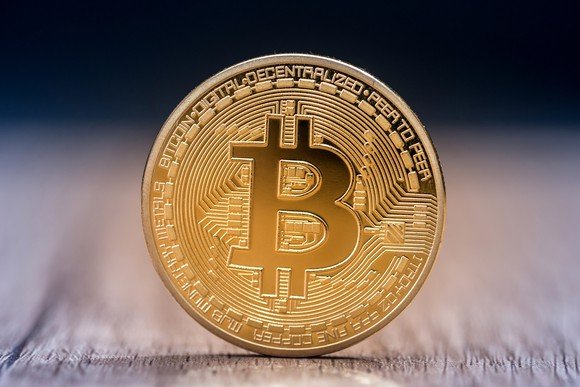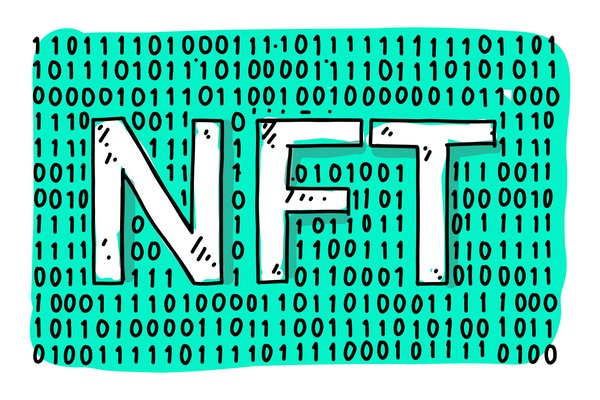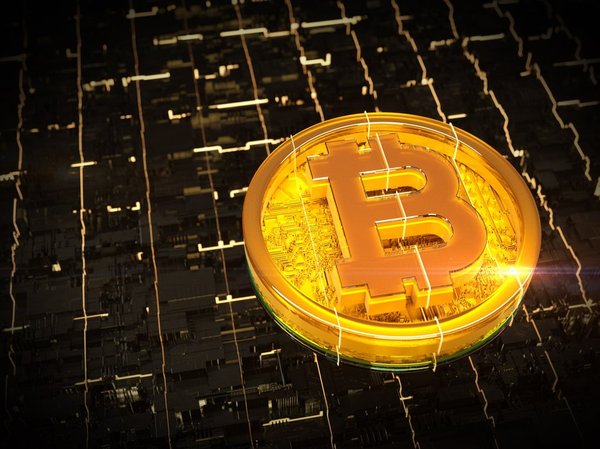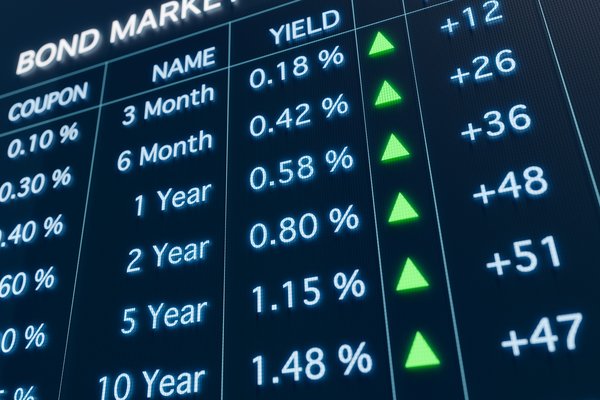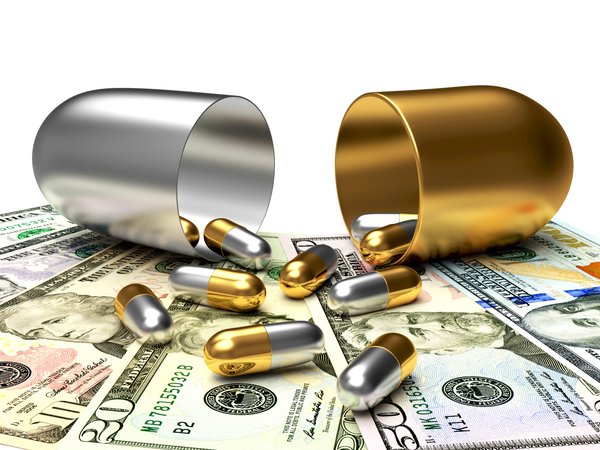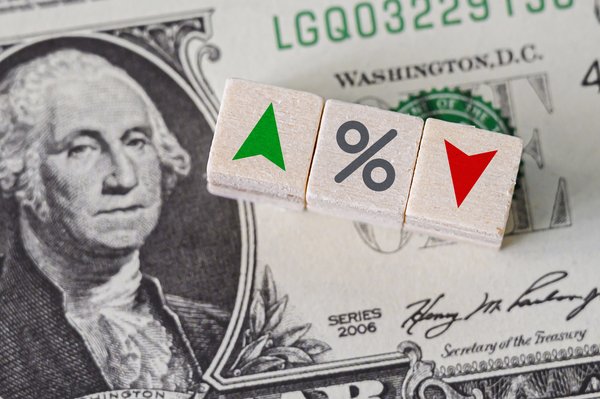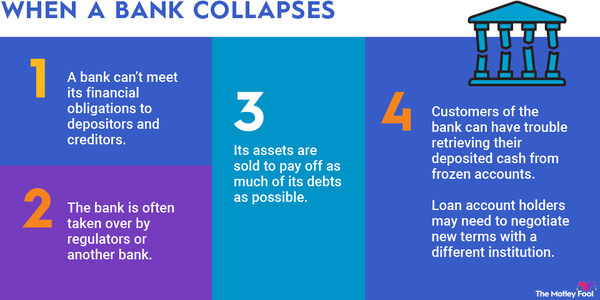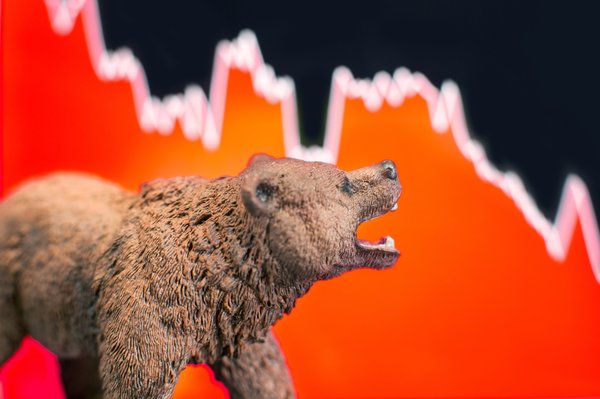You may have heard that a looming recession is “baked in the cake,” or that a certain stock’s price didn’t fall because disappointing results were already “baked in the cake.” Although it’s always wise to take this description with a grain of salt, it simply means that a result is expected and shouldn’t come as a surprise.

What is “baked in the cake?”
For most bakers, cake is a fairly straightforward item. Sugar, flour, eggs, milk, salt, vanilla extract, and a few other items are all that’s needed for a crowd-pleasing dessert. So why do so many analysts talk about stock prices being “baked in the cake”?
It’s largely a metaphor for an expected result. Just as ingredients are already mixed into a batter to create a cake, certain conditions combine to determine the reaction to an event that might affect stock prices.
For example, think of this as icing: A company reports excellent quarterly earnings, but its share price doesn't change that much because of other factors such as a slowing economy, increased competition, or high interest rates were expected, i.e., baked in the cake.
Of course, a company could get hit with awful news before an earnings report -- say, the equivalent of weevils in the flour or a nonlethal strain of salmonella in the eggs. In that case, the price of shares also might not move that much after the earnings report. Again, the results were baked in the cake, and no one was particularly surprised by them.
“Baked in the cake” economics
After the November 2024 U.S. general elections, the markets rallied, anticipating a more business-friendly environment and boosted by a 50 basis-point reduction in September and another 25 basis-point cut in November. After the highest inflation rates in decades, markets seemed prepared to soar based on the expectation that lower interest rates would boost economic activity.
But Federal Reserve Board Chairman Jerome Powell and other system officials warned investors that inflation may have slowed, but it was hardly eliminated. A December rate cut, the Fed warned, was far from being baked in the cake, as Treasury yields approached 4.5%.
The Fed relented, cutting interest rates another 25 basis points in December 2024, but the Fed kept rates steady in January and signaled that the reduction in interest rates was unlikely to continue through 2025, given uncertainty over potential changes in U.S. tariff and immigration policies.
Related investing articles
“Baked in the cake” share prices
The phrase is also commonly used to describe the failure of a stock to react to news. For example, Nvidia (NVDA -7.03%) stock almost doubled between early 2024 and early 2025. However, the launch of a competing artificial intelligence (AI) large language model from China prompted its shares to slide about 20% in late January.
Given that Nvidia was due to report its earnings less than a month after the DeepSeek model was introduced, investors might have been a bit concerned about a decline in earnings. Nvidia shares have typically risen 7% in the month after earnings reports and the company reported extremely robust earnings during the first three quarters of 2024. But Nvidia’s strong performance and $3 trillion market capitalization meant most investors weren’t immediately worried about the impact of DeepSeek on Nvidia since the potential for disruption had already been baked in the cake.








